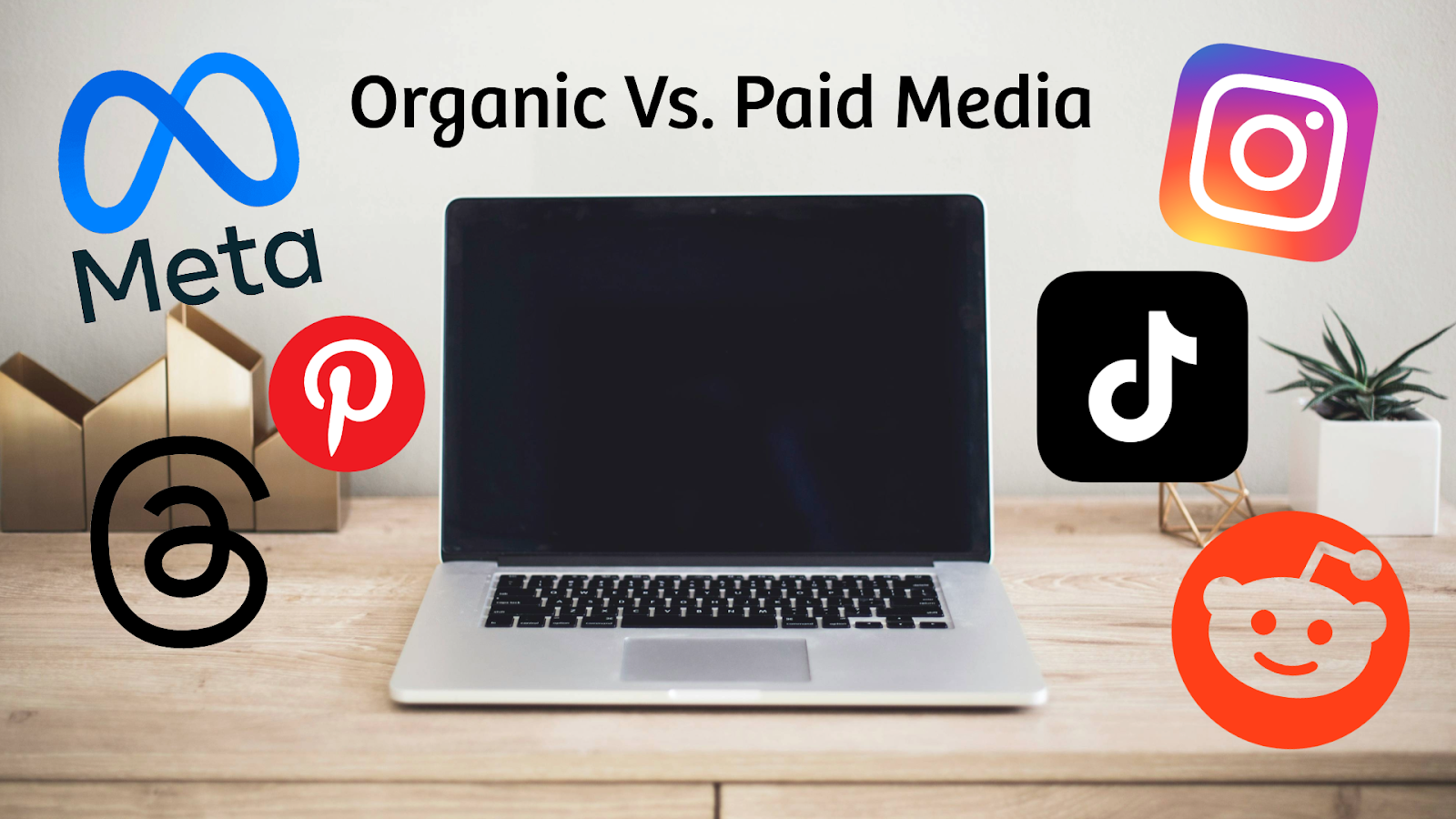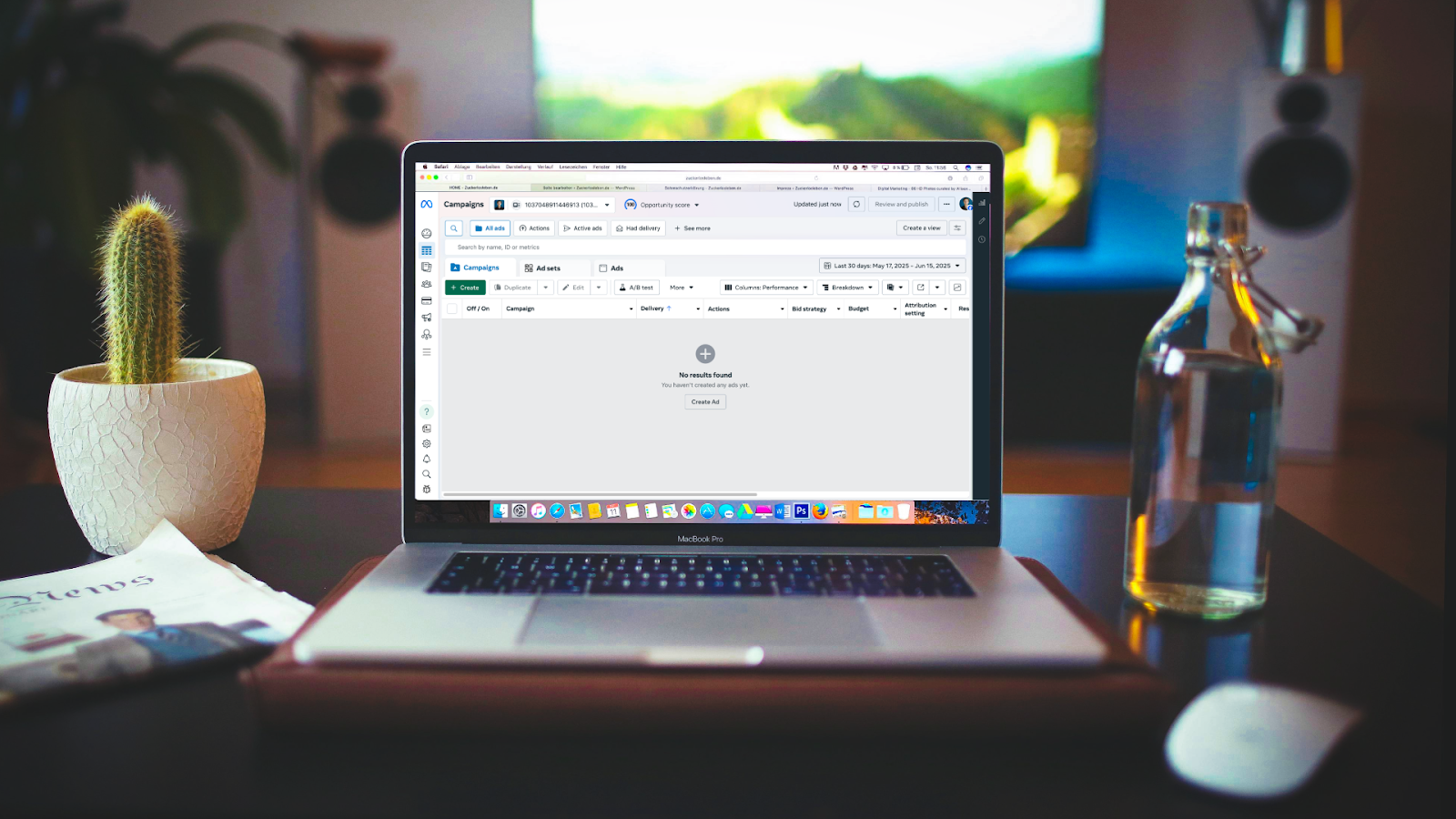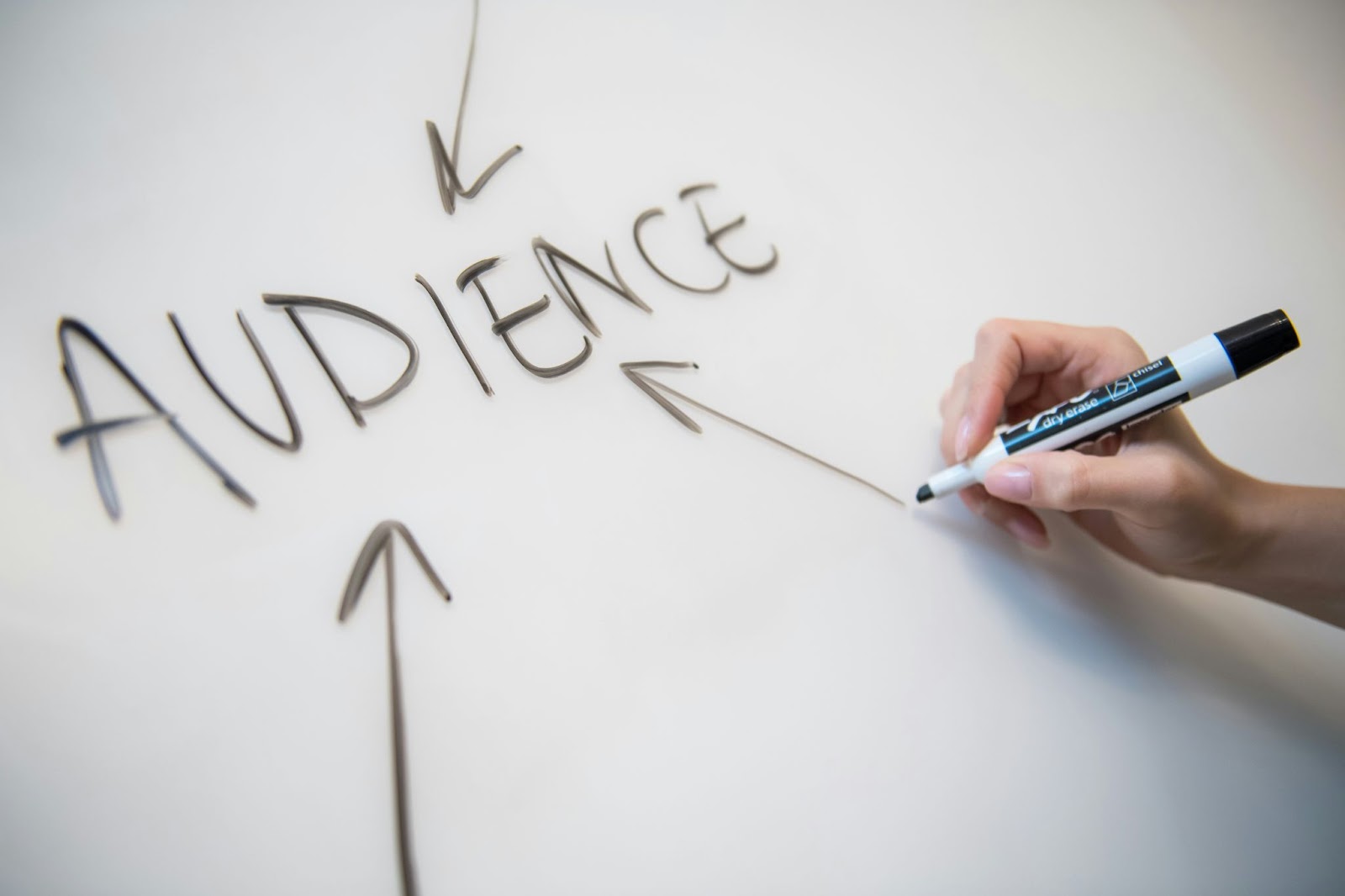
Paid Marketing and Organic Marketing: What's the Right Balance?
Social media hasn’t stopped growing since the days of MySpace. Today, over 5 billion people around the world use it, making it one of the most powerful tools for brand engagement. Platforms like Instagram, Facebook, TikTok, Reddit, and Pinterest are where audiences spend their time, and smart brands are meeting them there to build loyalty and keep customers connected. One of the biggest questions businesses face is whether to focus on paid or organic social media to reach their goals. The truth is, both have a role to play. In this article, we’ll break down the differences, when to use each, and how combining them can lead to better results, no matter your business size or budget.
Organic Social Media
Ever shared a photo on Instagram to show your followers what you’re up to, and maybe got a few likes, comments, or DMs in return? That’s the foundation of organic social media. For brands, organic social means posting unpaid content like feed posts, stories, reels, and videos directly to their channels. The goal is to create quality content that resonates with your audience, builds engagement, and strengthens the connection between your brand and your followers.
Organic social media is all about authenticity. By showing up consistently and engaging with followers, brands can build a community rooted in trust and loyalty. The content you share, whether it’s informative, entertaining, or simply valuable, should support your audience throughout their buying journey.
Success with organic social means understanding how social media algorithms work. Posts need to be engaging and high quality so people are encouraged to interact with them and even share them on their own accounts. While organic content is free to post, it can be time-consuming to create. Keeping up with trends is also essential. Knowing what’s popular helps you craft content that connects with what your audience is already interested in. You could even go viral by keeping up with user trends!
Don’t get left behind! Stay relevant, and stay consistent.
Organic social media is also a powerful way to humanize your brand. Sharing behind-the-scenes content or reposting user generated posts helps your audience see the real people behind the business. It’s a great way to build trust and create deeper engagement with fans and customers. Showing your brand’s personality and culture helps people feel connected, like they’re part of something bigger.

Paid Social Media
Relying only on organic social media can be challenging. It takes time to build an audience naturally, and you have limited control over who sees your content. Algorithms are constantly changing, and even small updates can significantly reduce your reach. That’s where paid social media comes in, it helps you get your content in front of the right people, faster.
Paid social, or paid media, involves running ads to reach a broader and more targeted audience than you could through organic posts alone. Platforms like Meta Ads (which include Facebook and Instagram), Pinterest, and Reddit make it easy to promote content directly to users based on their interests, behaviors, and demographics.
This level of targeting lets you reach people who aren’t already following your brand, which can lead to more conversions, sales, and new followers. Your ad spend is managed through a system called bidding, an automated auction that runs behind the scenes to decide which ads are shown to which audiences. Because bidding can be competitive, it’s essential to create high-quality ad content and ensure your targeting is refined to reach the most relevant potential customers.
Paid media is great for quickly boosting reach and engagement. Most ad platforms come with powerful tools to track performance, so you can adjust and improve your campaigns over time to get the best return on your investment.
Keep in mind, with paid ads, you’re paying for exposure, not necessarily connection. While they can quickly get your content in front of the right audience, it can be harder to build authentic relationships through paid placements alone.

When to Use Paid, Organic, or Both
Knowing when to use paid, organic, or both depends on several key factors. What is/are your goals, budget, timeline, and target audience? Are you looking to build brand awareness, drive sales, or grow your community? Each approach offers different strengths. That’s why it’s important to create a strategy that’s tailored to your specific objectives. In the sections below, we’ll walk through when to rely on organic content, when paid ads make the most impact, and how combining both can take your social media strategy to the next level.
Goals That Organic Social Media Can Tackle:
- Brand Awareness
A consistent, active presence on social media keeps your brand visible and memorable. Sharing high-quality, engaging content helps build recognition and creates a loyal community that keeps coming back.
- Engagement
Organic social is one of the best ways to create real, two-way connections with your audience. Responding to comments, answering DMs, and sharing user-generated content shows that you’re present, listening, and value their input.
- Budget Friendly
If you’re working with limited resources, organic social is a smart, low-cost way to stay active and visible. With consistent posting and creative content, you can still make a strong impact, without stretching your budget.
- Brand Personality
Organic content gives you the space to show the human side of your brand. From behind-the-scenes glimpses to fun, everyday moments, it’s how you express your voice, values, and culture in a way your audience can relate to.
Goals That Paid Media Can Tackle:
- Lead Generation & Sales
Paid media is designed to drive action. With the right targeting and ad setup, you can generate leads, increase clicks, and boost conversions at scale. If your goal is to grow your pipeline or drive immediate results, paid social is a powerful tool.
- Promoting a product
If your goal is to drive product sales, paid media is one of the most effective ways to reach the right audience. With advanced targeting options, you can deliver your message directly to the people most likely to buy, helping you maximize return on ad spend and turn interest into real customers.
- Content Boosting
Already have a high-performing post? Put ad spend behind it. Boosting existing content can dramatically extend its reach, drive more clicks, and increase conversions, amplifying the impact of something that’s already proven to resonate.
When to Use Both Paid and Organic Social Media:
- Product Launches/ New Campaigns
Launching something new? Combining organic and paid media lets you reach your existing followers while expanding to a broader audience. It’s a powerful way to build buzz, drive sales, and balance authenticity with reach, maximizing your ROI from day one.
- Maximizing Reach
If audience growth is a key goal, using both paid and organic social media is a smart strategy. Paid ads bring new eyes to your profile, while strong organic content keeps them engaged and turns viewers into long-term followers.

A Balanced Strategy is a Strong Strategy
There’s no one-size-fits-all strategy when it comes to social media marketing. Both organic and paid social are powerful tools to help your brand grow its online presence. Organic content builds trust and community, while paid media expands your reach and delivers measurable results. Together, they cover the full marketing funnel. The key is knowing your goals, understanding your audience, and using each approach where it’s most effective. A balanced social strategy isn’t just helpful, it’s essential for reaching your brand’s full potential.






.png)
.png)

.png)